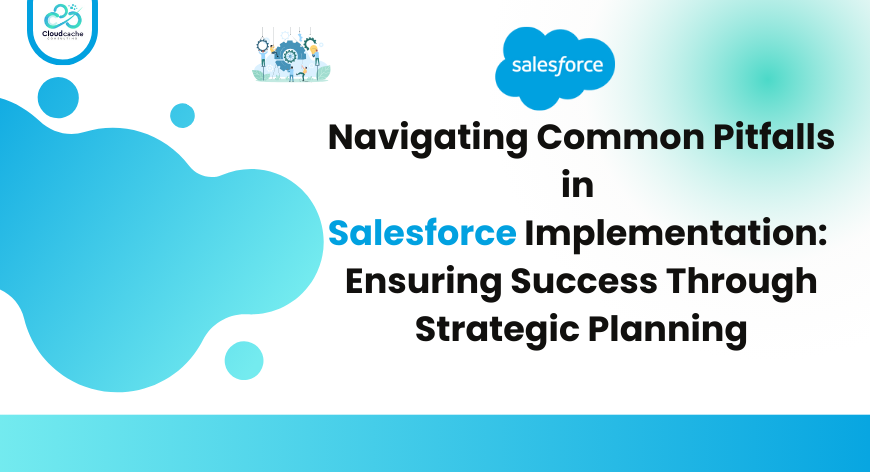
Navigating Common Pitfalls in Salesforce Implementation: Ensuring Success Through Strategic Planning
The implementation of a Customer Relationship Management (CRM) system like Salesforce has become a fundamental part of the growth strategy for many organizations. As businesses aim to streamline their operations, enhance customer engagement, and drive innovation, Salesforce provides a comprehensive ecosystem of tools and functionalities that promise to transform business processes. Organizations that underestimate the complexities or fail to address critical factors may find themselves facing roadblocks that could derail their efforts.
This article delves into the common pitfalls organizations encounter during Salesforce implementation and offers practical insights on how to avoid these traps. By understanding these challenges and adopting a proactive approach, businesses can maximize the value of their Salesforce investment and achieve sustainable success.
The Complexity of Salesforce Implementation
Salesforce is not just a CRM platform; it is a versatile ecosystem that provides solutions for various business functions, including sales, marketing, customer service, and analytics. Due to its comprehensive capabilities, implementing Salesforce can be a complex endeavor that requires careful planning, customization, and long-term strategy. Businesses often fall into the trap of underestimating the time, resources, and expertise needed for successful implementation.
Pitfall 1: Underestimating the Complexity
While Salesforce provides an out-of-the-box solution, businesses quickly realize that to meet specific business needs, extensive customization is required. From configuring workflows and custom fields to integrating third-party applications and managing data migration, the process can quickly become overwhelming without proper planning. Many companies embark on Salesforce implementation with the assumption that it can be executed swiftly, only to encounter unexpected delays, cost overruns, and technical challenges.
To mitigate this, businesses must approach Salesforce implementation with a clear understanding of the project’s scope. Partnering with certified Salesforce consultants or development services can help ensure that businesses have the expertise to address technical challenges and maintain a streamlined implementation process.
Defining Clear Objectives and Requirements
For any technology implementation, having a clear set of objectives is vital for ensuring alignment between business goals and technical execution. When it comes to Salesforce, failure to define these objectives and requirements upfront can lead to misalignment between the system’s functionalities and the company’s needs, resulting in an ineffective solution.
Pitfall 2: undefined objectives and missing needs
Without a thorough analysis of your business processes, user needs, and long-term goals, implementing Salesforce can feel like trying to fit a square peg into a round hole. Companies that skip this crucial planning step often end up with a system that does not deliver value or align with their operational goals. This pitfall can lead to dissatisfaction among stakeholders, poor user adoption, and suboptimal use of Salesforce’s capabilities.
To avoid this pitfall, companies must involve key stakeholders early in the process. Clear communication, stakeholder input, and collaboration with Salesforce consultants are essential to creating an implementation strategy that is tailored to specific business goals. By understanding what success looks like and aligning objectives with Salesforce capabilities, companies can maximize their ROI.
The Critical Role of User Adoption
No matter how advanced or feature-rich your Salesforce instance is, it will not deliver results if the people using it are not fully on board. User adoption is vital for any CRM’ system’s success, and the same applies with Salesforce. Neglecting to focus on user training and adoption can lead to resistance, low usage, and ultimately, a failed implementation.
Pitfall 3: Neglecting User Adoption and User Training
User Adoption is as important as the technical aspects of implementation. Failure to invest in adequate training programs and adoption strategies can result in users being unable to fully leverage the system’s capabilities.
To mitigate this risk, businesses should prioritize user-friendly interfaces and comprehensive training initiatives. Providing ongoing support, soliciting user feedback, and making adjustments based on user needs will foster a culture of adoption. Additionally, leveraging tools like Salesforce’s Trailhead platform can help users build their skills and confidence in using Salesforce effectively.
Data Integrity and Migration
The quality of data within Salesforce directly impacts decision-making, reporting, and customer engagement. However, many organizations fail to place enough emphasis on data quality during implementation, leading to significant issues down the road.
Pitfall 4: Overlooking Data Quality and Migration
The paramount factor during Salesforce implementation is to ensure data integrity, accuracy, and authenticity. Businesses that overlook data quality often face problems such as duplicate records, incomplete datasets, and inconsistent information, which can have far-reaching implications.
A comprehensive data migration strategy should include data cleansing, mapping, and validation to ensure accuracy. Partnering with seasoned data migration experts like CloudCache Consulting and with routine data audits you can maintain your CRM data quality.
Scalability and Customization: Planning for the Future
Salesforce’s out-of-the-box functionality can meet immediate needs, but as businesses evolve, their Salesforce instance must evolve with them. A failure to plan for scalability and future customization can lead to a platform that quickly becomes outdated or inadequate.
Pitfall 5: Scalability and Customization Time Failure
As businesses grow, their processes, requirements, and customer interactions will change. Failure to anticipate future needs during the implementation process can limit the scalability and flexibility of your Salesforce instance. Without proper planning, businesses may find themselves in a situation where the platform no longer supports their operations or requires significant rework to accommodate new needs.
To avoid this, businesses should adopt a flexible and modular approach to customization. Working with Salesforce development experts to future-proof the system will ensure that it remains scalable and adaptable to changing business requirements.
Integration Challenges
Salesforce does not operate in isolation; it is often part of a broader digital ecosystem. However, this is easier said than done, and many businesses encounter integration challenges that hinder efficiency and productivity.
Pitfall 6: Ignoring Integration Challenges
Integration with legacy systems, disparate data sources, and complex workflows can present significant challenges during Salesforce implementation. Ignoring the complexity of integrations can lead to data silos, redundant processes, and a lack of unified insights.
Businesses should prioritize integration planning from the outset, ensuring that the Salesforce platform can seamlessly communicate with other systems. By leveraging Salesforce APIs and middleware solutions, and collaborating with experienced integration specialists, companies can create a cohesive digital ecosystem that optimizes business operations.
The Importance of Change Management
Change management is essential to the success of any major organizational transformation. Implementing Salesforce is not just a technical project; it is a change in how people work, interact with customers, and make decisions. Without effective change management, even the most well-executed implementation can fail.
Pitfall 7: Overlooking Change Management
Many organizations focus solely on the technical aspects of Salesforce implementation while overlooking the human side of change. Resistance to change, lack of communication, and inadequate stakeholder engagement can all undermine the success of the project.
To overcome this, companies should invest in comprehensive change management strategies that foster open communication, address user concerns, and promote a shared vision of success. Involving end-users early in the process and seeking their feedback will help smooth the transition and drive user adoption.
Conclusion:
Successfully implementing Salesforce requires more than just technical expertise. By recognizing and avoiding common pitfalls—such as underestimating complexity, neglecting user adoption, overlooking data quality, and failing to plan for scalability—businesses can pave the way for a successful Salesforce journey. Our Salesforce Professional Resources library plays a vital role in achieving this. With the right strategy, support, and mindset, companies can harness the full potential of Salesforce to achieve their goals, drive innovation, and thrive in today’s competitive market. You can read our happy clients' reviews of Upwork as well.

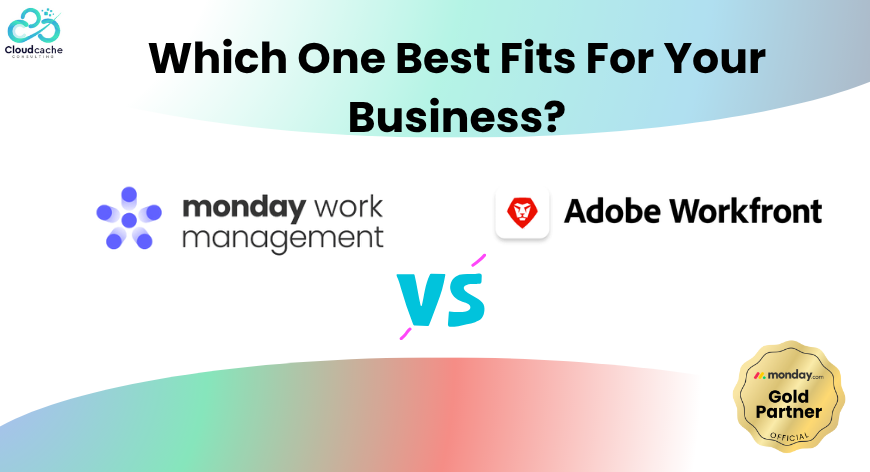
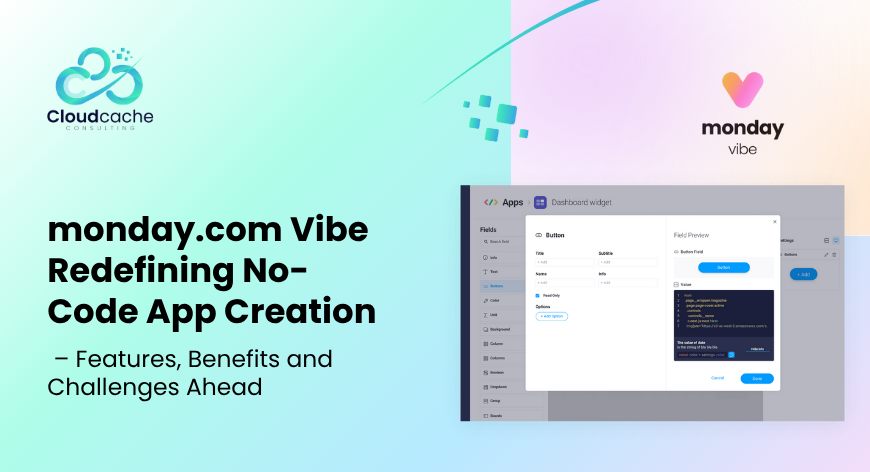

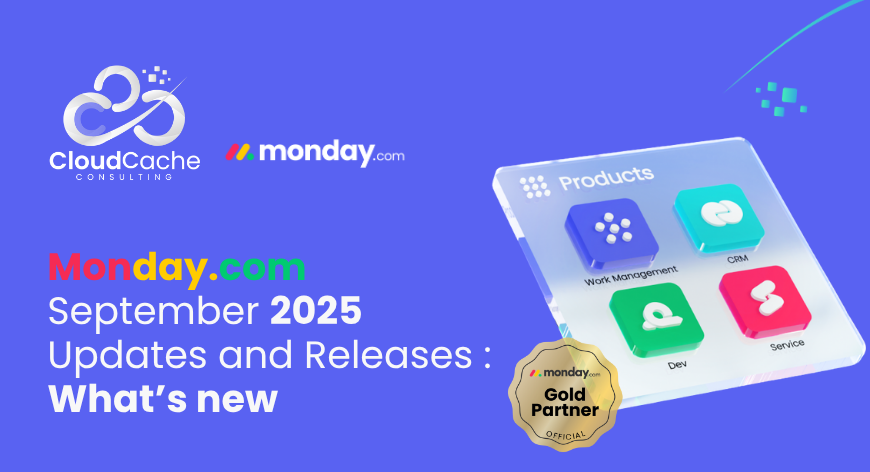

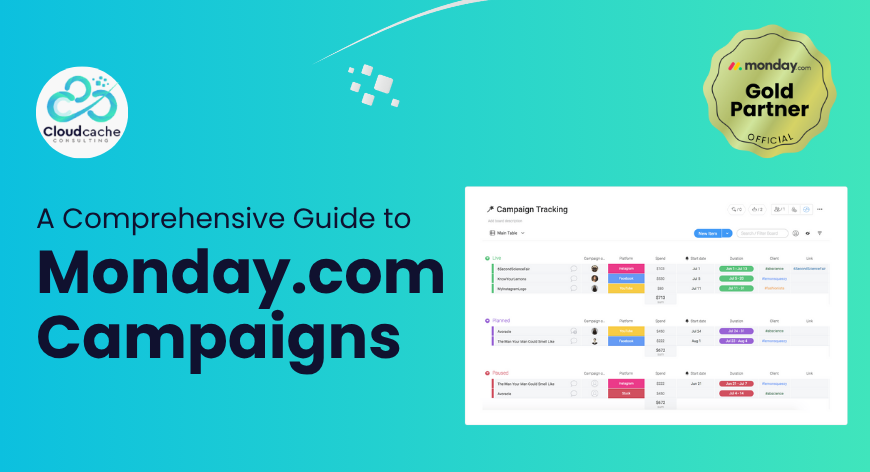
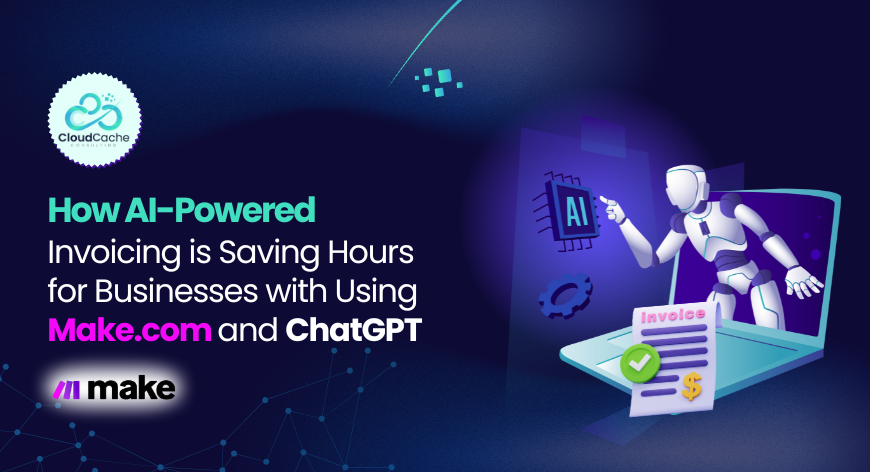



Leave a Reply
Your email address will not be published.